Hey there!
Have you ever found yourself completely absorbed in a virtual experience that feels incredibly realistic, surrounded by computer-generated visuals and immersive sounds?
If you have, then you’ve witnessed the remarkable power of augmented reality (AR) and virtual reality (VR).
According to Statista, a staggering 83.7 million users in the United States engaged with AR every month in 2020. It is predicted that this number will exceed 110 million users by 2023.
As the popularity of AR and VR continues to soar, it has become increasingly crucial for businesses to comprehend how these technologies can impact consumer behavior, particularly in visual marketing.
Companies that can effectively harness the potential of AR and VR in their visual marketing strategies are likely to gain a competitive edge over those that fail to grasp the psychological implications of these innovative marketing approaches.
Undeniably, AR and VR have experienced rapid growth and have become integral components of visual marketing over the past decade.
But what exactly are AR and VR, and how do they shape consumer behavior?
In this article, we will explore the psychological aspects of AR and VR and their influence on customer behavior.
The Psychology of AR and VR in Visual Marketing
Let’s delve into the fascinating chemical reactions that occur within our brains.
The human brain is intricately wired to respond to various sensory stimuli. Augmented reality (AR) and virtual reality (VR) technologies effectively engage multiple senses, such as sight, sound, and touch, resulting in an incredibly immersive experience that feels almost tangible.
This heightened sense of immersion triggers the brain’s reward system, releasing dopamine and other neurotransmitters that generate feelings of pleasure and satisfaction.
Moreover, the sense of immersion and presence induced by AR and VR profoundly impacts how our brains process information.
Research has demonstrated that immersive experiences enhance memory recall, intensify emotional engagement, and activate the brain’s reward centres, ultimately fostering higher levels of attention and engagement.
Undoubtedly, this presents a golden opportunity for brands to incorporate these innovations into their visual marketing strategies.
Consequently, augmented reality (AR) and virtual reality (VR) technologies are increasingly embraced in visual marketing as they elevate the overall customer experience, captivate consumers, and effectively promote products.
By utilizing these technologies, businesses can present their products and services innovatively, creating a deeply immersive experience that resonates with customers.
Here’s how statistics support these facts:
- By 2027, the global VR market is anticipated to grow to $26.9 billion.
- The United States has 65.9 million VR users, or 15% of the population.
- In the US, there are 110.1 million AR users.
- Over 171 million people utilize virtual reality globally.
- Market revenue for the VR sector is $7.72 billion.
- Americans claim to be familiar with VR to the tune of 47%.
Further, AR and VR technology allows brands to create experiences that connect with consumers on a more personal level.
Studies have shown that people are more likely to remember experiences that evoke emotions, and AR/VR technology has the potential to do just that.
Research has found that using VR in marketing can increase engagement rates by up to 30% and improve the effectiveness of advertising campaigns by up to 70%.
So, what’s there for visual marketing?
The psychology behind the success of AR and VR in visual marketing lies in the immersive experience these technologies offer.
Creating Memorable Experiences
AR and VR enable brands to create unique and memorable experiences for consumers. By offering interactive and immersive encounters, marketers can leave a lasting impact on their target audience.
Memorable experiences drive word-of-mouth marketing and encourage customers to share their experiences, amplifying brand reach and awareness.
Building Brand Trust and Loyalty
AR and VR experiences allow consumers to interact with products virtually, providing trust and transparency. Users can visualize products, try them before purchasing, or explore their features in detail.
By fostering trust and loyalty, these technologies contribute to long-term customer relationships and repeat business.
Increasing Purchase Intent
Consumers develop a deeper connection with the brand when they engage with AR and VR content. This emotional connection translates into increased purchase intent and a higher likelihood of conversion.
AR and VR content reduces uncertainty and facilitates decision-making by allowing users to experience products or services in a virtual environment.
According to a report by Adweek, 71% of consumers said they would be more likely to recommend a brand if it used VR technology in its marketing.
Interactive Product Demonstrations
AR and VR can transform product demonstrations by providing interactive and realistic experiences. Customers can visualize how products fit into their lives or try them virtually, eliminating the need for physical samples.
Interactive demos increase engagement, shorten the customer journey, and boost conversions.
Virtual Store Experiences
Retailers can leverage AR and VR to create virtual stores, allowing customers to browse and shop from the comfort of their homes. Virtual stores provide convenience, personalized recommendations, and a unique shopping experience.
By integrating e-commerce with AR and VR, businesses can bridge the gap between online and offline retail.
Gamification and Interactive Storytelling
Gamification techniques and interactive storytelling can be enhanced through AR and VR. Brands can create gamified experiences to entertain and educate users, increasing engagement and brand loyalty.
Interactive storytelling immerses customers in compelling narratives, fostering emotional connections and brand advocacy.
However, it is essential to note that the effectiveness of AR and VR in visual marketing also depends on the context in which it is used.
Examples of brands using AR and VR effectively
Amazon’s Virtual Try-On Shoes: Back in 2022, Amazon introduced an AR feature within their mobile app that allows customers to try on virtual shoes.
Using their smartphones, users can superimpose shoe models onto their feet, enabling them to see how the shoes look and fit before making a purchase.
Mercedes-Benz AR Owner’s Manual: Mercedes-Benz developed an AR app that provides owners with an interactive and immersive way to explore and understand their vehicle’s features and functionalities.
Users can use their smartphones to scan specific areas of the car and access relevant information, such as maintenance instructions or how-to guides.
The New York Times VR Journalism: The New York Times has been using VR technology to create immersive journalism experiences.
Through their VR app, they offer viewers the opportunity to experience and engage with news stories more immersive and impactfully, covering topics such as conflict zones, climate change, and cultural events.
L’Oréal Makeup Genius: L’Oréal developed the Makeup Genius app, which utilizes AR technology to enable users to try on makeup products virtually.
Using smartphone cameras lets users see how different L’Oréal products look on their faces in real time, helping them make informed purchasing decisions.
Volkswagen VR Showroom: Volkswagen launched a VR showroom experience where potential customers can virtually explore and interact with their vehicle lineup.
Through VR headsets, users can visualize different car models, customize features, and even take virtual test drives, providing an immersive and convenient car-buying experience.
Snapchat’s AR Shopping Experiences: Snapchat has partnered with various brands to create AR shopping experiences. Users can use AR to virtually try on and purchase products like sunglasses, clothing items, or makeup, providing an interactive and seamless shopping experience.
NBA VR Broadcasts: The National Basketball Association (NBA) has incorporated VR technology into its broadcasting. Fans can use VR headsets to watch games in a virtual stadium, providing an immersive and closer-to-real experience with 360-degree views and unique camera angles.
These recent examples demonstrate the diverse applications of AR and VR technologies, from retail and entertainment to journalism and automotive experiences.
It showcases how brands leverage these technologies to engage customers and create memorable experiences.
So, what are the key challenges of using AR and VR in visual marketing?
While AR and VR offer exciting possibilities for visual marketing, there are several key challenges that brands may face when utilizing these technologies.
-
Adoption and Accessibility
Although AR and VR technologies have gained popularity, they still need to overcome barriers to widespread adoption. The need for specialized hardware, such as VR headsets or AR-enabled devices, can limit accessibility for some consumers.
Brands need to consider the reach and availability of these technologies when implementing AR and VR in their visual marketing strategies.
-
Cost and Resources
To develop high-quality AR and VR experiences, brands need the budget and skilled resources. Further, creating immersive and realistic visuals, designing interactive elements, and ensuring smooth functionality require significant investment.
So, brands must allocate sufficient budget and skilled resources to create compelling AR and VR content.
-
Technical Limitations
AR and VR technologies are rapidly advancing, but they still have technical limitations that can affect the user experience. Issues such as latency, tracking accuracy, and graphical fidelity can impact the immersion and realism of AR and VR experiences.
Brands need to carefully optimize their content and work within the constraints of technology to deliver seamless and engaging visual marketing campaigns.
-
User Friendliness and Learning Curve
AR and VR experiences may be unfamiliar to some users, requiring a learning curve for interaction and navigation.
Brands must ensure their visual marketing content is intuitive and user-friendly, providing clear instructions and guidance to help users navigate the virtual environment or interact with augmented content effectively.
-
Content Creation and Maintenance
Developing and maintaining engaging AR and VR content can be challenging. Brands need to balance providing fresh and relevant experiences while ensuring compatibility across different devices and platforms.
Regular updates and improvements are necessary to keep the content engaging and aligned with evolving consumer expectations.
-
Data and Privacy Concerns
AR and VR technologies often collect user data to deliver personalized experiences. Brands must prioritize user privacy and comply with data protection regulations.
Clear communication and transparent data practices are crucial to building trust with users and maintaining a positive brand image.
-
Integration with Existing Marketing Strategies
Incorporating AR and VR into existing marketing strategies can be complex. Brands must integrate these technologies seamlessly with other channels and touchpoints to create a cohesive brand experience.
Aligning AR and VR initiatives with broader marketing objectives and messaging requires careful planning and coordination.
Despite these challenges, the potential benefits of AR and VR in visual marketing are significant.
Brands that address these obstacles and create immersive, accessible, and compelling experiences can stand out, capture consumer attention, and create memorable brand interactions.
Over to you
In conclusion, the utilization of AR (Augmented Reality) and VR (Virtual Reality) technologies by brands has revolutionized how we interact with products, immerse ourselves in experiences, and engage with the world around us.
From trying on virtual shoes to exploring remote destinations, these technologies have provided innovative solutions for brands to connect with their customers on a deeper level.
Whether visualizing furniture in our own space, taking virtual test drives, or embarking on immersive journeys, AR and VR have opened up new dimensions of interaction and storytelling.
These technologies have captivated consumers and influenced industries such as retail, automotive, journalism, and entertainment.
The possibilities seem endless as more brands continue to embrace AR and VR, pushing the boundaries of what is possible and reimagining how we perceive and engage with the world


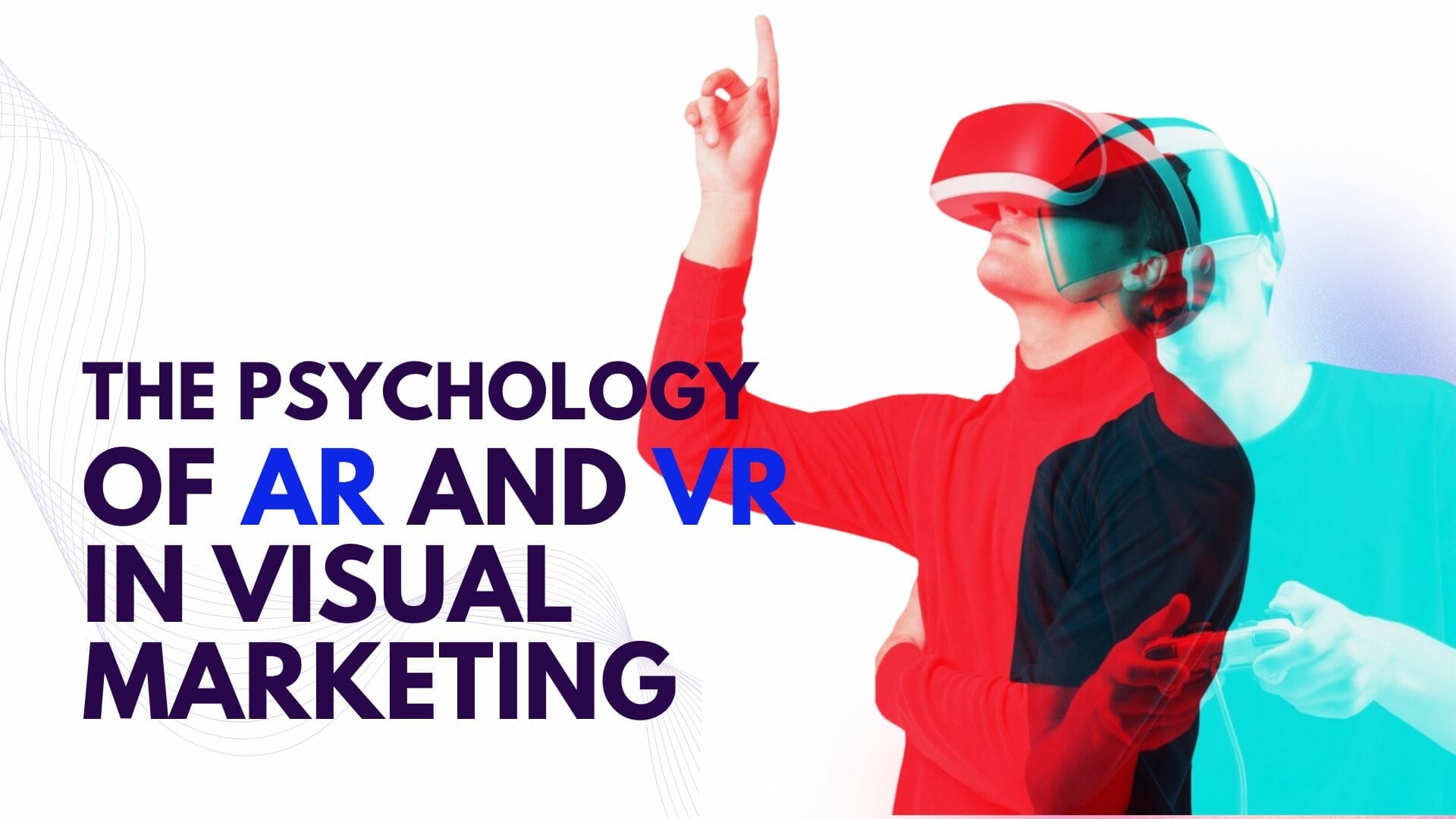
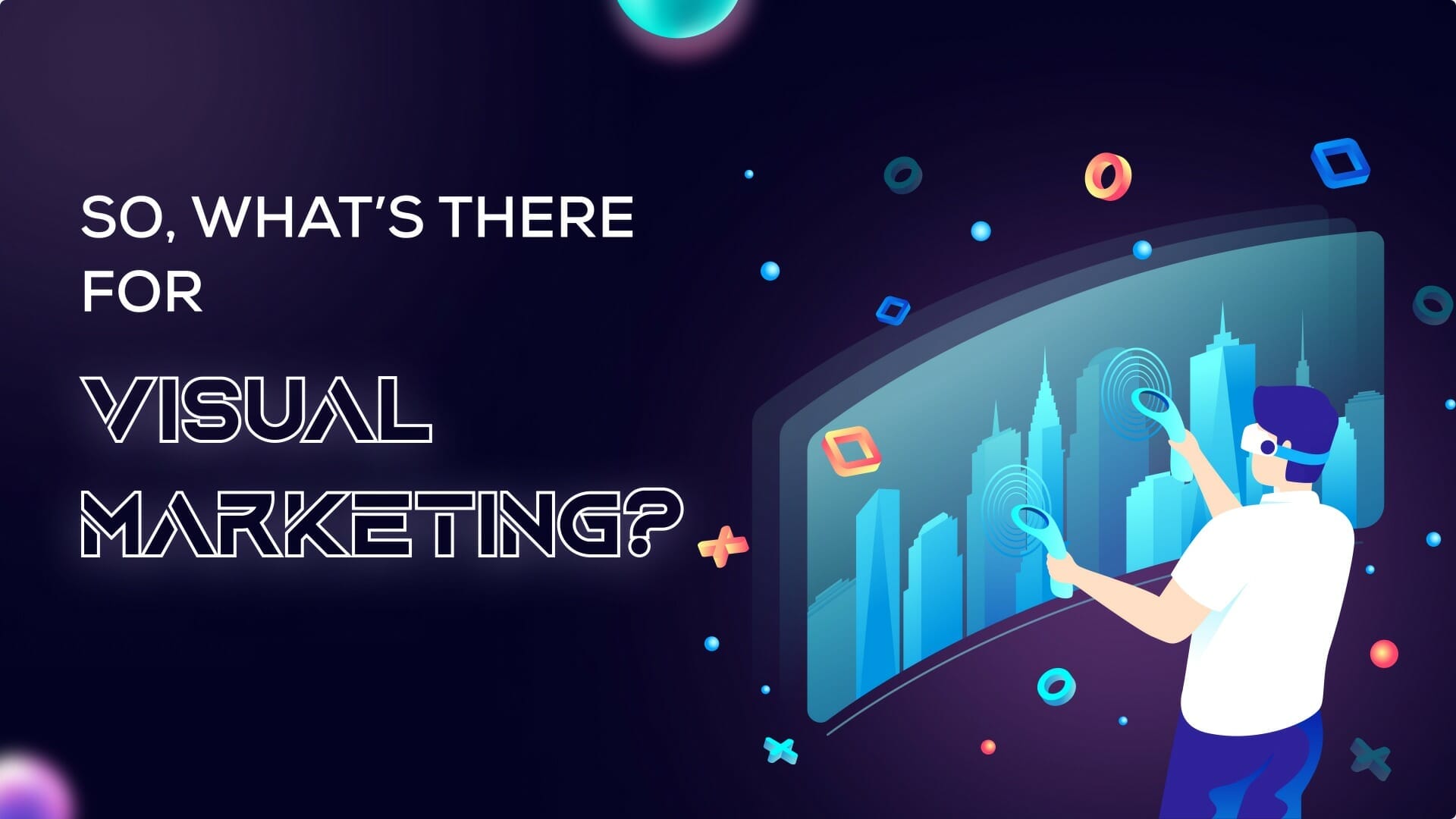
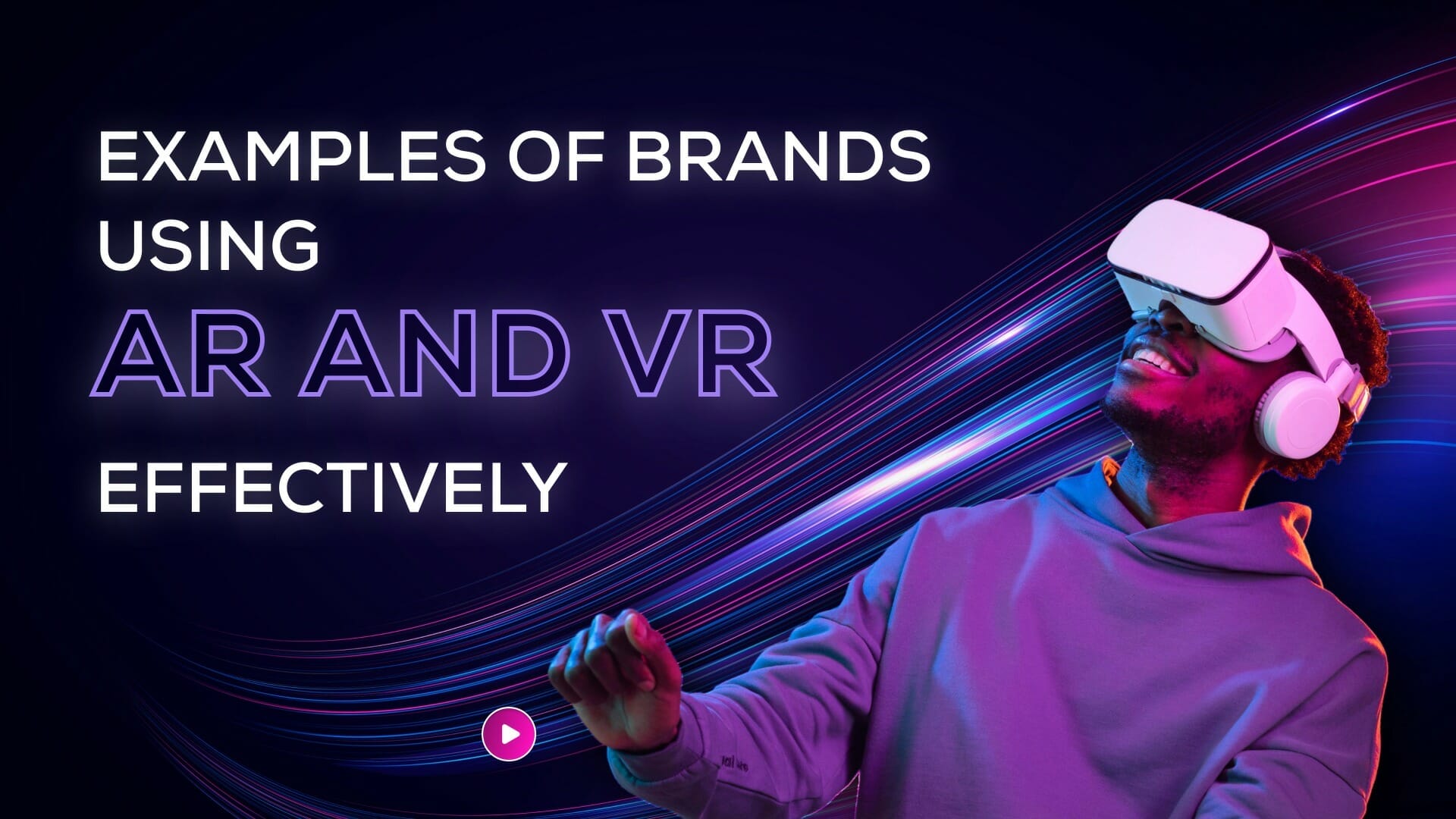
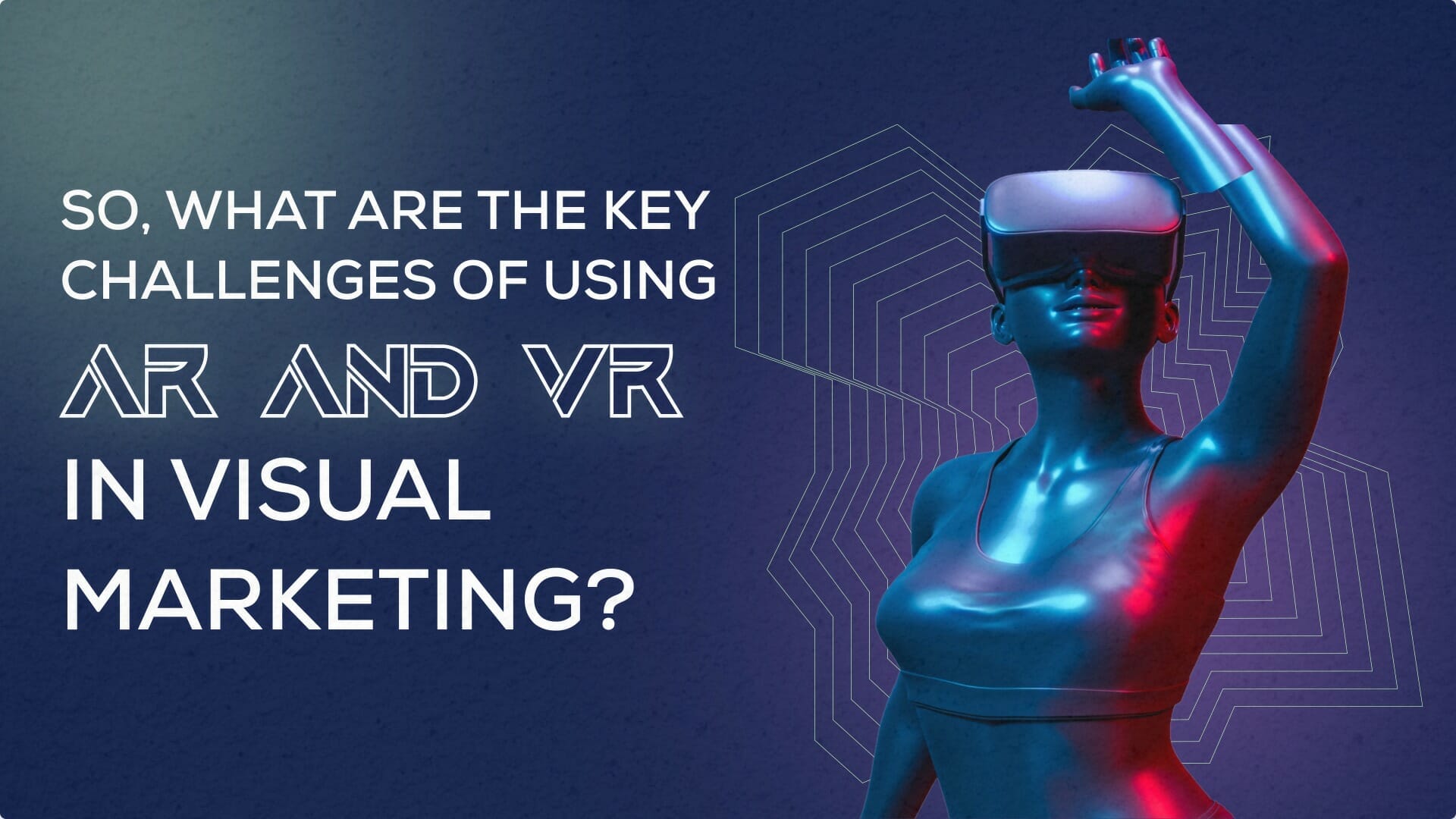
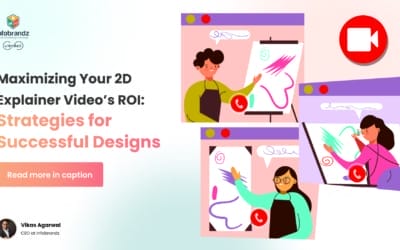

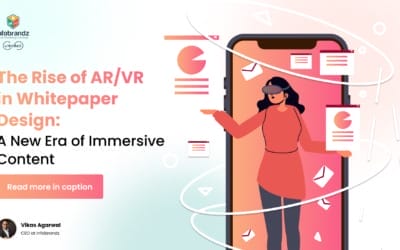






0 Comments